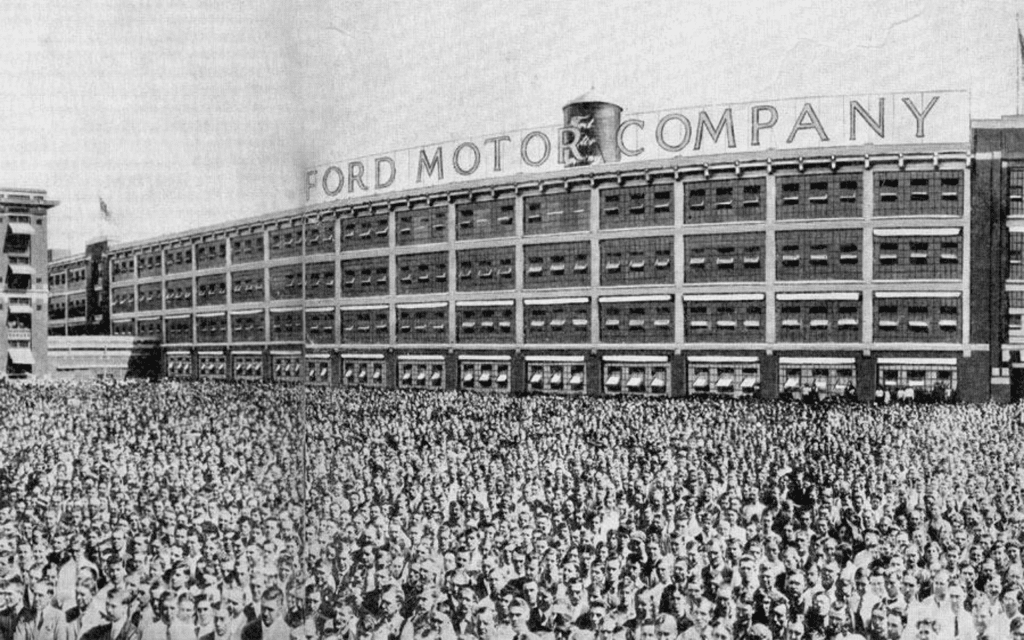In January 1914, Henry Ford stunned the world by announcing that his company would begin paying factory workers $5 per day more than double the average wage of the time. Newspapers across the country splashed the story across their front pages. To many, it sounded like an extraordinary act of generosity. But in truth, it was a brilliant business move carefully crafted to solve a massive problem inside Ford’s booming factory system.
Ford’s groundbreaking wage announcement didn’t just transform his company. It changed the very fabric of the American workforce and laid the foundation for the modern middle class.
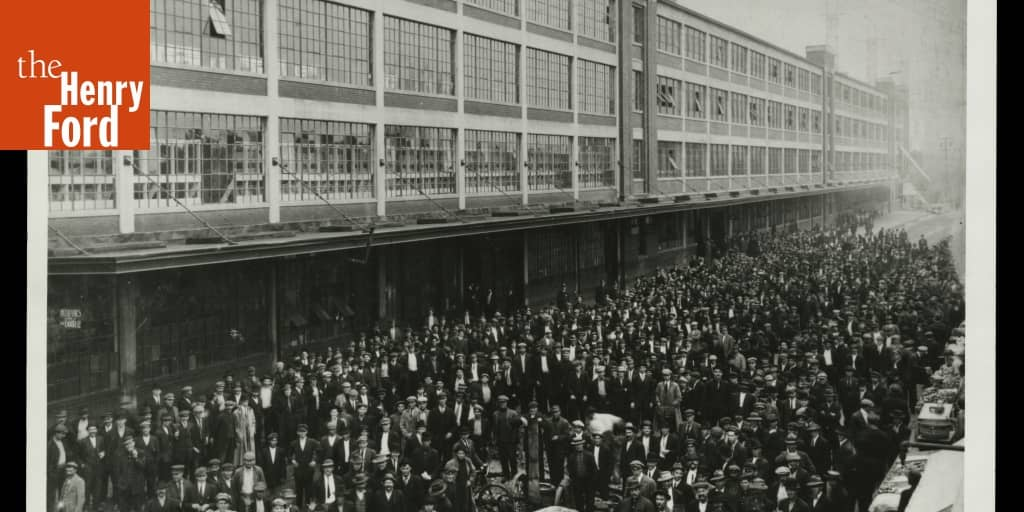
The Problem Behind the Pay Raise
Ford Motor Company was at the height of its success in the early 1910s. The Model T was a sensation, and Ford’s innovative moving assembly line had revolutionized car production. But while the factory output soared, the human side of the operation was in crisis.
The factory’s labor turnover rate had skyrocketed. In some years, it reached as high as 370 percent. That meant for every position, several new employees had to be hired and trained each year. The work on the line was repetitive and exhausting. Many workers quit after only a few weeks.
This constant turnover drained resources and slowed down production. Ford realized that to maintain his factory’s pace and efficiency, he needed to find a way to keep workers longer and make the job more appealing.
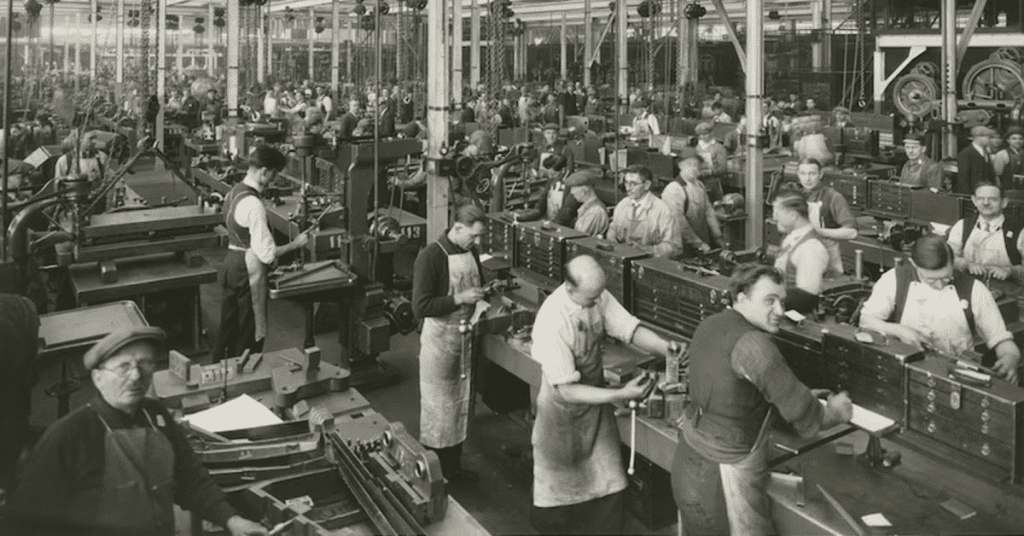
Introducing the $5 Workday
On January 5, 1914, Ford announced that factory workers would now receive $5 for an eight-hour shift, replacing the previous standard of $2.34 for a nine-hour day. It was a radical shift from industry norms and quickly drew attention from both labor advocates and skeptical business leaders.
Video:
How Henry Fords $5 Workday Changed Everything
But there was more to the raise than higher wages. Ford also shortened the workday from nine to eight hours and added a third shift. This allowed his factories to run 24 hours a day, increasing productivity even more.
Yet the raise came with rules. The full $5 pay was only available to workers who qualified under specific criteria. Ford wanted his employees to live “clean, wholesome lives,” and he created a special department to monitor their behavior.
The Role of the Sociological Department
To ensure that workers met Ford’s standards, the company created the Sociological Department. This team of inspectors visited workers’ homes and assessed their lifestyles. They checked for sobriety, financial responsibility, hygiene, and stable family living arrangements.
Ford believed that a stable home life made better workers. Those who passed inspection received the full $5 per day. Those who did not still received the base wage but were encouraged to make lifestyle changes to qualify for the full amount later.
This approach was controversial. Many criticized it as an invasion of privacy. But Ford defended it as a necessary investment in human capital.
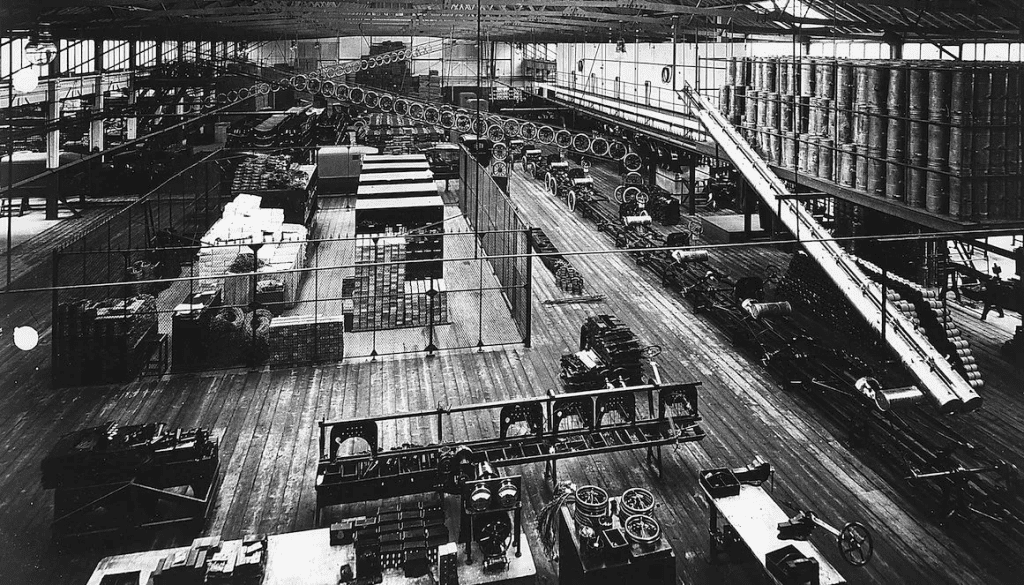
The Immediate Impact
The reaction was swift. Thousands of job seekers lined up outside Ford’s factories. Turnover dropped dramatically. Productivity increased. And most importantly, the workers who stayed were more loyal and more focused.
Video:
Henry Ford’s Secrets
With extra income, many Ford workers could afford to buy their own Model T cars. That development supported Ford’s larger vision of creating a consumer base among his own employees. It also set the stage for a new economic model where industrial workers could participate more fully in consumer culture.
Other companies eventually followed Ford’s lead, offering higher wages and shorter hours. The $5 day was the first major step toward establishing labor standards that would become more common in the decades to follow.
A New Standard for the American Worker
What Henry Ford accomplished in 1914 was more than just a wage increase. He challenged the conventional wisdom that labor costs should be kept as low as possible. Instead, he demonstrated that better pay and better conditions could actually improve profits.
His bold move helped shape the expectations of American workers for the rest of the twentieth century. Ideas such as the eight-hour day, a livable wage, and employer-supported wellness can trace their roots to Ford’s experiment.
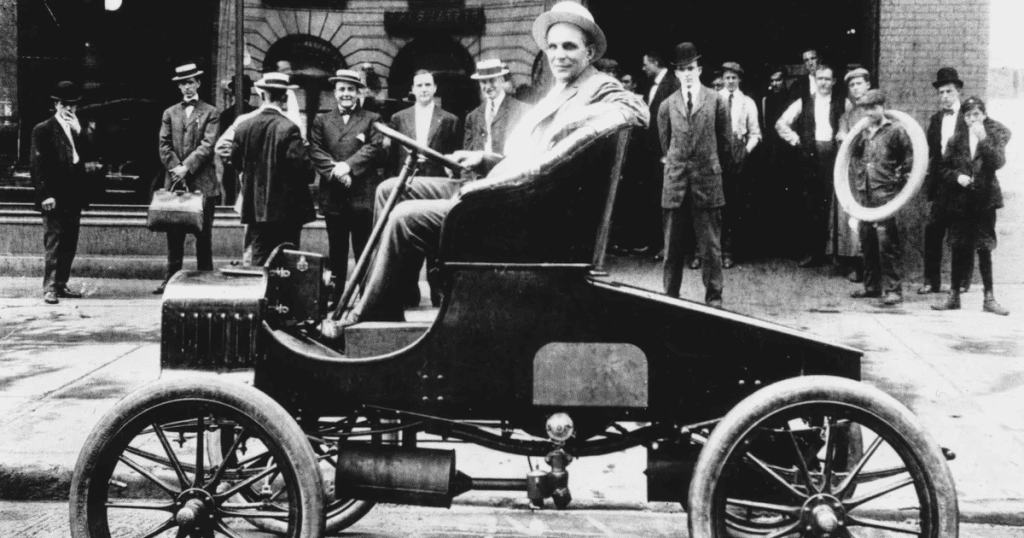
Conclusion: A Calculated Risk That Changed the Nation
Henry Ford’s $5 workday may have started as a solution to a business problem, but its impact went far beyond factory walls. By reimagining the relationship between employer and worker, Ford laid the groundwork for a stronger, more stable workforce and in the process, helped define the American dream.
Today, the $5 workday is remembered not just as a raise but as a revolution. It showed that treating workers with dignity and fairness is not only morally right, but also incredibly smart business.
